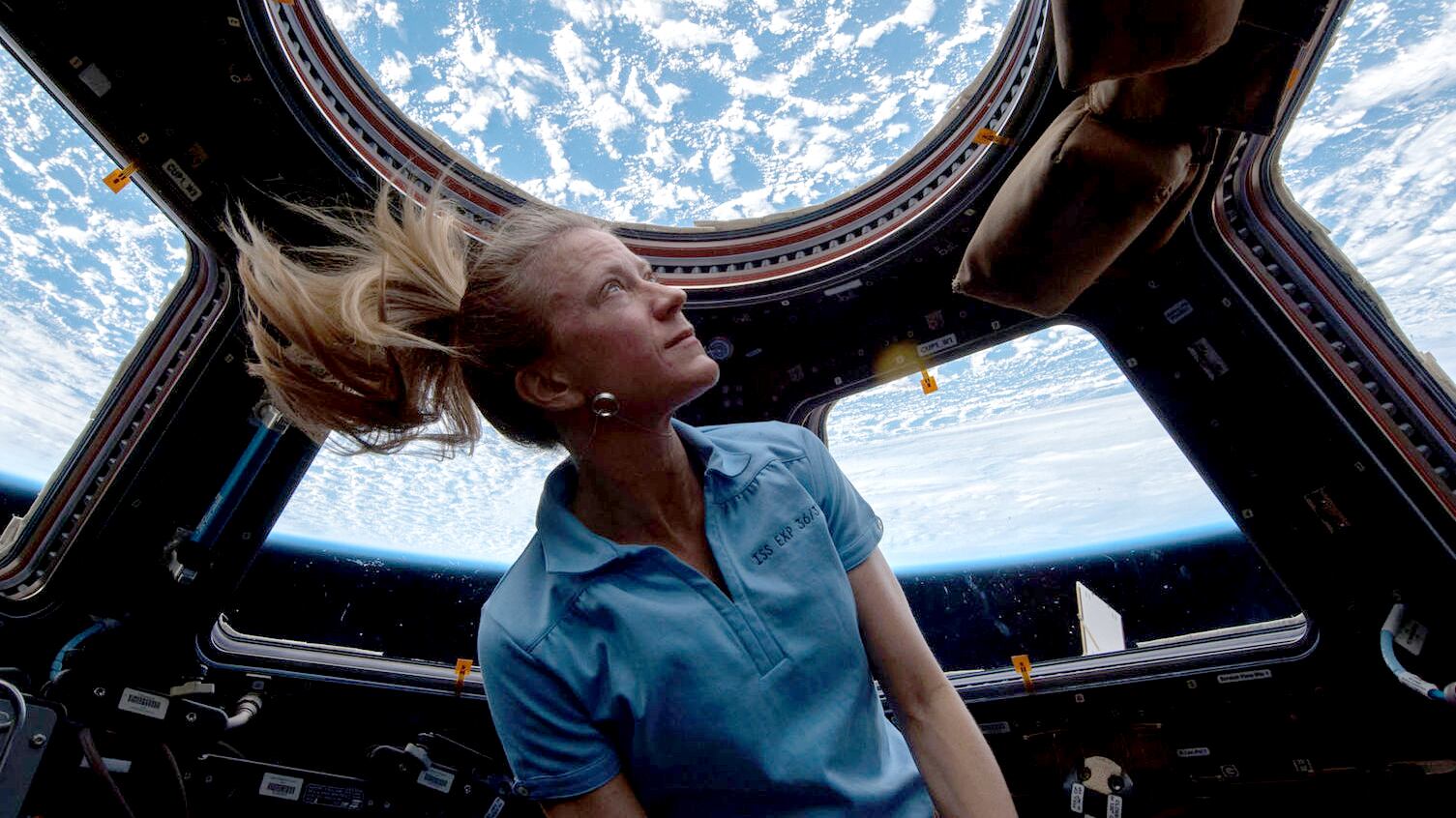Breathe easy, astronauts: Scientists just paved the way for a technique to produce breathable oxygen on the International Space Station (ISS) using magnets—a potentially much cheaper strategy than the technologies currently used. The goal isn’t simply to cut the costs of supporting astronauts in space right now, but to make the entire endeavor of human space travel more accessible down the road.
Oxygen is manufactured on the ISS through a process called water electrolysis, where electricity from solar panels splits water into a mixture of hydrogen gas and oxygen gas. The issue with separating oxygen out from water in microgravity is not, counterintuitively, gravity—Georgia Tech fluid dynamicist Álvaro Romero-Calvo told The Daily Beast that the downward pull of gravity on the ISS compared to objects on Earth only differs by 10 percent. Rather, the difficulty lies in the buoyancy produced by the state of constant free fall.
“If you’re trying to drink a Coca Cola in space, for instance, all the bubbles of [carbon dioxide] inside the drink will remain there—it will essentially generate a foam layer that cannot be separated,” Romero-Calvo said. “When we try to get the gases out of liquids [in space], we need to use other processes.”
The current solution relies on a series of pumps and a centrifuge to spin the mixture at high speeds. But these contraptions are difficult to repair, massive, and voluminous. The weight and space of these units prevent them from being incorporated or transported with smaller satellites that might weigh five pounds or less, Romero-Calvo said.
So last December, his team of German and American researchers decided to test out a magnet-based alternative at the 146-meter Bremen Drop Tower, one of the tallest of its kind in Europe. Initially, they had planned to study water electrolysis, but a closure to the top section of the tower cut available time to study in simulated microgravity, from 9 seconds to 4.7. Not wanting to waste their reservation (“You cannot just present yourself at the door and say, ‘Hey, I want to drop an experiment’ because there is a very strict schedule,” said Romero-Calvo), they chose to strap a magnet to the side of a syringe and test its ability at herding air bubbles out of solutions like chemicals and extra-virgin olive oil.
Water is very weakly magnetic—we don’t notice it here because of Earth’s gravity—but in microgravity, magnets can exert a noticeable force. These small-scale trials showed that the air bubbles could be attracted to and repelled from the magnet based on the solutions used—a heartening proof-of-principle, the authors said. The results were published recently in the journal npj microgravity.
“After years of analytical and computational research, being able to use this amazing drop tower in Germany provided concrete proof that this concept will function in the zero-g space environment,” study co-author and University of Colorado Boulder aerospace engineer Hanspeter Schaub said in a press release.
Of course, the next big step is to actually test this out in space. Romero-Calvo said he and his team are looking to do just that. If their extraterrestrial trials go well, scientists will have gotten one step closer to making life outside Earth a reality.







